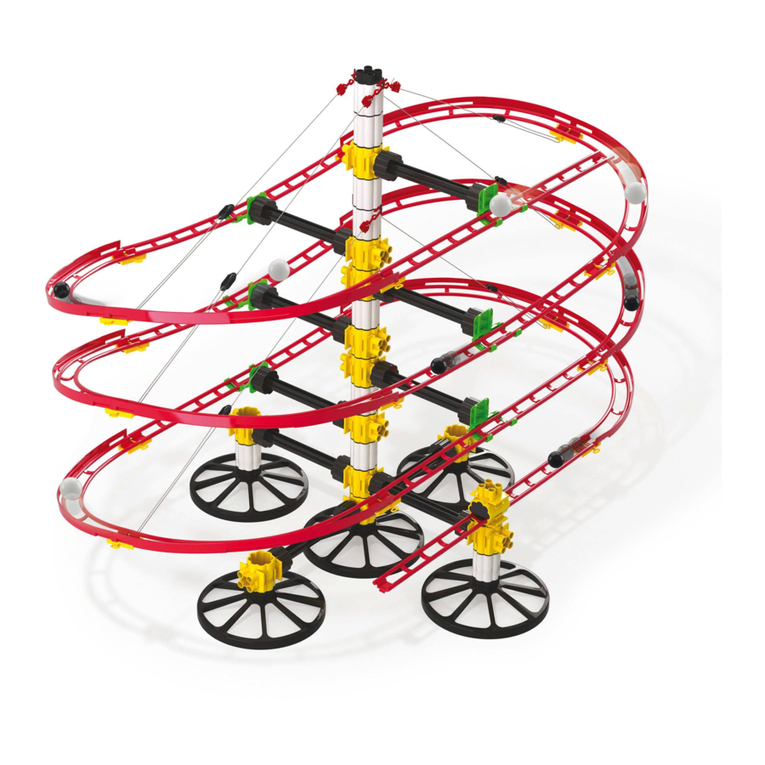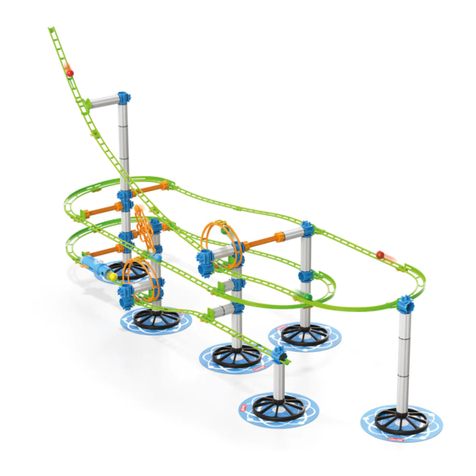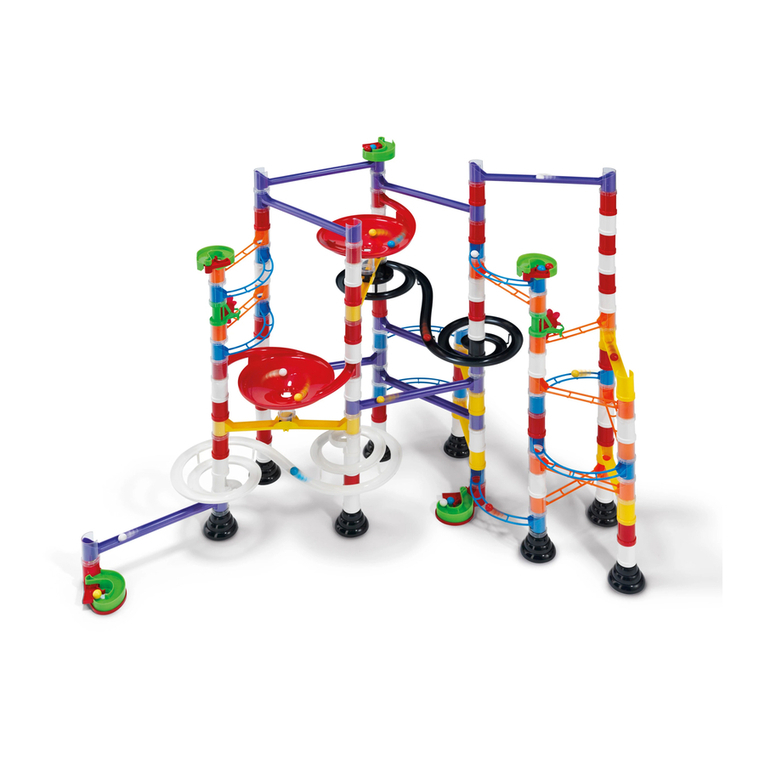Quercetti Skyrail 6635 User manual
Other Quercetti Toy manuals

Quercetti
Quercetti Tor User manual

Quercetti
Quercetti Migoga marble gun 6535 User manual

Quercetti
Quercetti Roller Coaster mini rail 6430 User manual

Quercetti
Quercetti Skyrail Evolution User manual

Quercetti
Quercetti 6546 Migoga marble run transparent User manual

Quercetti
Quercetti MISSILE TOR EVO User manual
Popular Toy manuals by other brands

FUTABA
FUTABA GY470 instruction manual

LEGO
LEGO 41116 manual

Fisher-Price
Fisher-Price ColorMe Flowerz Bouquet Maker P9692 instruction sheet

Little Tikes
Little Tikes LITTLE HANDIWORKER 0920 Assembly instructions

Eduard
Eduard EF-2000 Two-seater exterior Assembly instructions

USA Trains
USA Trains EXTENDED VISION CABOOSE instructions





















